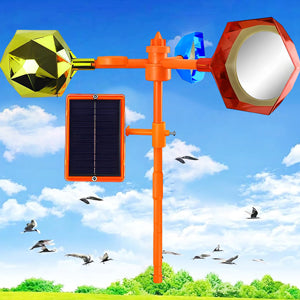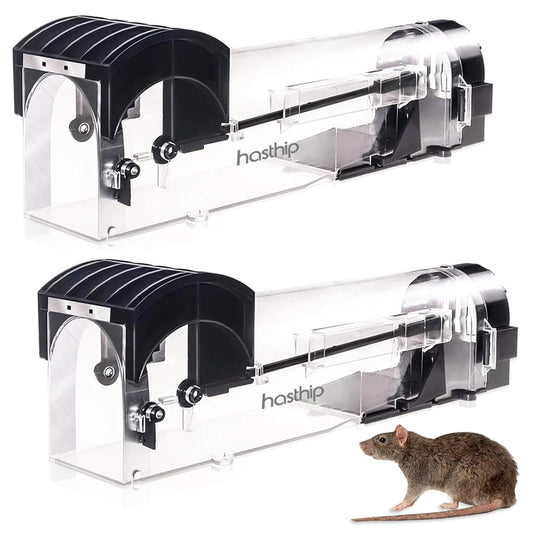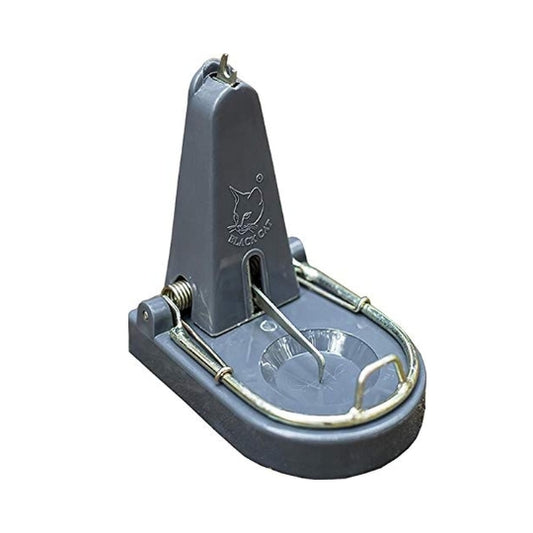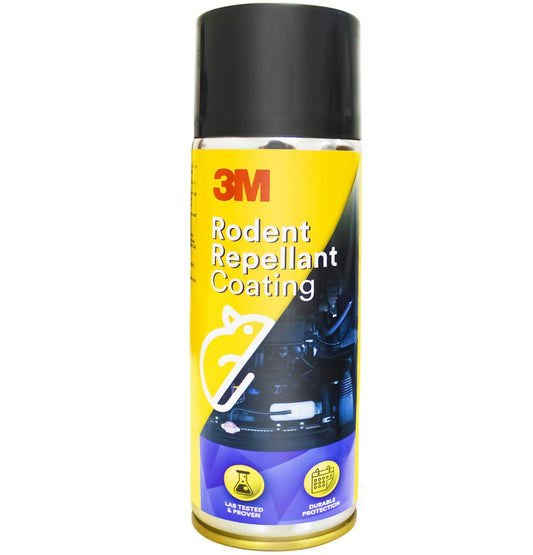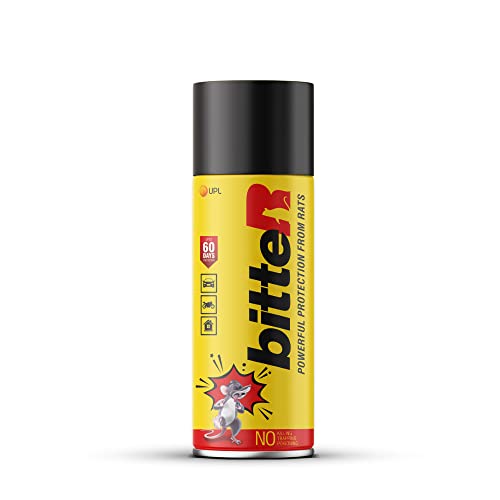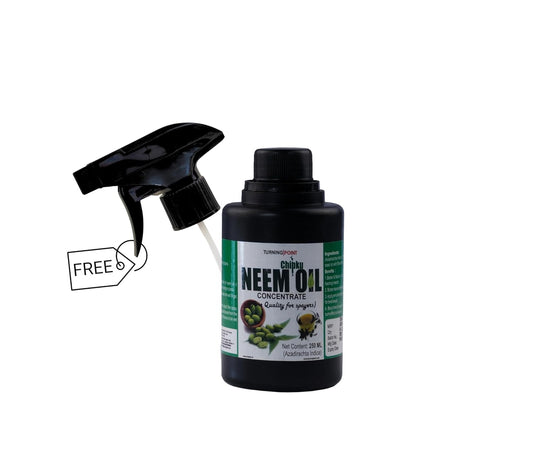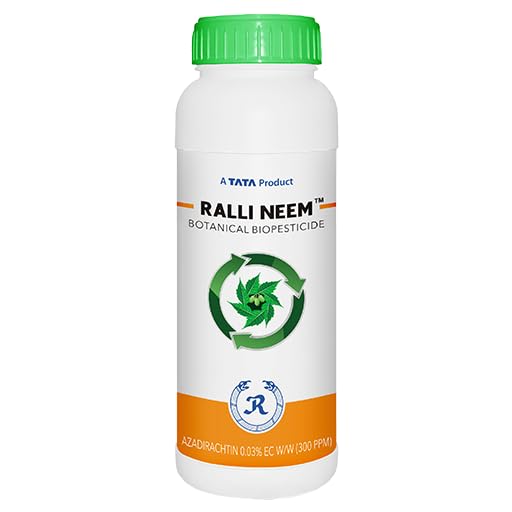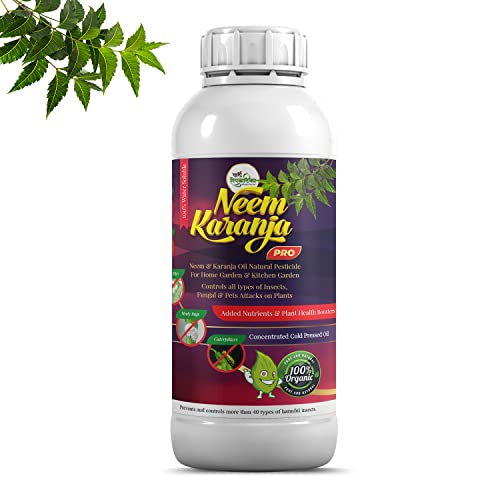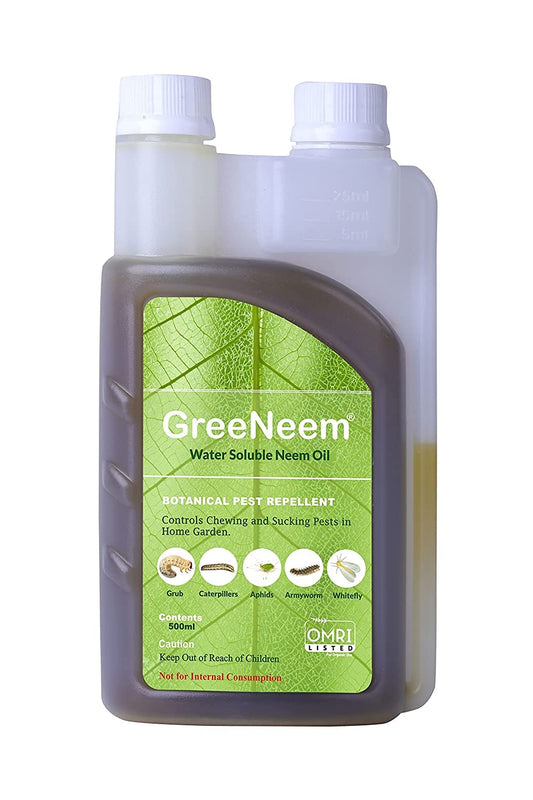
Revolutionize Your Soybean Crop Protection with Shapat: A Powerful Herbicide with Dual Active Ingredients
Share
Weeds can pose a significant threat to crops, particularly soybeans, a crucial commercial crop in India. Without proper care, weeds can cause significant yield loss, making it essential for farmers to use herbicides.
However, relying on herbicides with a single active ingredient often leads to the problem of herbicide resistance, which results in increased expenses, wastage of time and energy.
Smart farmers use herbicides with two active ingredients to combat this issue. Fortunately, such herbicides are available on the market, including the wonderful herbicide Sahapat by Parijat.
Sahapat contains two active ingredients: Sodium Acifluorfen 16.5% and Clodinafop Propargyl 8% in EC formula. This brand is available in pack sizes of 200ml, 400ml, and 1L.
To use Sahapat, mix 400ml in 200L of water and spray at the 2-4 leaf weed stage using a Knapsack sprayer. This dosage is for one acre.
Sahapat is a broad-spectrum, systemic, selective, post-emergence herbicide with no residual effect on follow crops. It belongs to the Diphenolic ether and Aryloxyphenoxy propionate (Fop) class of herbicides, which inhibit the growth of both grassy and broadleaf weeds. It shows quick results, with action starting within one hour of application. Broadleaf weeds die in three days, while grasses die in seven days. A crop sprayed with Sahapat may show bronzing in one of the trifoliate leaves in Soybean, which recovers within a few days.
Sahapat can be applied between 15 to 25 days after sowing of soybean. It does not require any spreader and booster and has excellent rain fastness, remaining effective even if it rains two hours after application.
Sahapat is absorbed by the leaves and roots, translocated to the growing points of weed. It inhibits the enzyme acetyl CoA carboxylase (ACC-ase) and interferes with the production of fatty acids. It also destroys the cell membrane, making cell contents leak. This stops the synthesis of fatty acids/lipids in the plant essential for growth, leading to yellowing, browning, and dry-up of weeds.
To make the best use of Sahapat, use it as a foliar spray with Knapsack Sprayers fitted with Flat Fan or Flood Jet Type of Nozzle. Add the recommended quantity of Sahapat Solution into a bucket half-filled with water and mix well. Add the remaining recommended water and spray uniformly over the entire field without overlapping. Time of application is between 15 to 25 days after sowing when weeds are in the 2-4 leaf stage.
To stay safe and profitable while spraying Sahapat, ensure sufficient soil moisture during the spray and do not repeat the spray in the same crop. Do not spray during foggy weather, apply the right dose at the recommended time, and wear safety equipment such as gloves, aprons, and masks. Use Knapsack Sprayers fitted with Flat Fan or Flood Jet Type of Nozzle and spray in the direction of the wind. Avoid drift of spray into the adjoining crop field, and do not smoke, drink, eat or chew anything while spraying. Avoid contact with mouth, eyes, and skin, and inhalation of the spray mist, fog, and vapors. Please note that there is no specific antidote known, and treatment should be symptomatic.
If you enjoyed the content on this page, please share it on social media and follow our hashtag #resetagri. Thank you!
However, relying on herbicides with a single active ingredient often leads to the problem of herbicide resistance, which results in increased expenses, wastage of time and energy.
Smart farmers use herbicides with two active ingredients to combat this issue. Fortunately, such herbicides are available on the market, including the wonderful herbicide Sahapat by Parijat.
Sahapat contains two active ingredients: Sodium Acifluorfen 16.5% and Clodinafop Propargyl 8% in EC formula. This brand is available in pack sizes of 200ml, 400ml, and 1L.
To use Sahapat, mix 400ml in 200L of water and spray at the 2-4 leaf weed stage using a Knapsack sprayer. This dosage is for one acre.
Sahapat is a broad-spectrum, systemic, selective, post-emergence herbicide with no residual effect on follow crops. It belongs to the Diphenolic ether and Aryloxyphenoxy propionate (Fop) class of herbicides, which inhibit the growth of both grassy and broadleaf weeds. It shows quick results, with action starting within one hour of application. Broadleaf weeds die in three days, while grasses die in seven days. A crop sprayed with Sahapat may show bronzing in one of the trifoliate leaves in Soybean, which recovers within a few days.
Sahapat can be applied between 15 to 25 days after sowing of soybean. It does not require any spreader and booster and has excellent rain fastness, remaining effective even if it rains two hours after application.
Sahapat is absorbed by the leaves and roots, translocated to the growing points of weed. It inhibits the enzyme acetyl CoA carboxylase (ACC-ase) and interferes with the production of fatty acids. It also destroys the cell membrane, making cell contents leak. This stops the synthesis of fatty acids/lipids in the plant essential for growth, leading to yellowing, browning, and dry-up of weeds.
To make the best use of Sahapat, use it as a foliar spray with Knapsack Sprayers fitted with Flat Fan or Flood Jet Type of Nozzle. Add the recommended quantity of Sahapat Solution into a bucket half-filled with water and mix well. Add the remaining recommended water and spray uniformly over the entire field without overlapping. Time of application is between 15 to 25 days after sowing when weeds are in the 2-4 leaf stage.
To stay safe and profitable while spraying Sahapat, ensure sufficient soil moisture during the spray and do not repeat the spray in the same crop. Do not spray during foggy weather, apply the right dose at the recommended time, and wear safety equipment such as gloves, aprons, and masks. Use Knapsack Sprayers fitted with Flat Fan or Flood Jet Type of Nozzle and spray in the direction of the wind. Avoid drift of spray into the adjoining crop field, and do not smoke, drink, eat or chew anything while spraying. Avoid contact with mouth, eyes, and skin, and inhalation of the spray mist, fog, and vapors. Please note that there is no specific antidote known, and treatment should be symptomatic.
If you enjoyed the content on this page, please share it on social media and follow our hashtag #resetagri. Thank you!
सोयाबीन पर हमारे अन्य लेख







